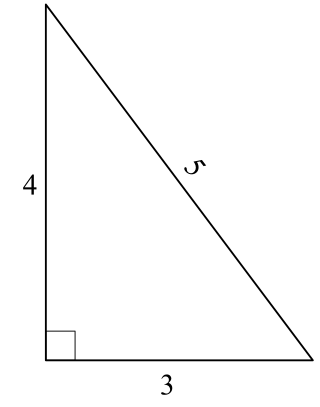Related Research Articles
15 (fifteen) is the natural number following 14 and preceding 16.
21 (twenty-one) is the natural number following 20 and preceding 22.
23 (twenty-three) is the natural number following 22 and preceding 24.
100 or one hundred is the natural number following 99 and preceding 101.
1000 or one thousand is the natural number following 999 and preceding 1001. In most English-speaking countries, it can be written with or without a comma or sometimes a period separating the thousands digit: 1,000.
300 is the natural number following 299 and preceding 301.
400 is the natural number following 399 and preceding 401.
500 is the natural number following 499 and preceding 501.
700 is the natural number following 699 and preceding 701.
600 is the natural number following 599 and preceding 601.
800 is the natural number following 799 and preceding 801.
900 is the natural number following 899 and preceding 901. It is the square of 30 and the sum of Euler's totient function for the first 54 positive integers. In base 10 it is a Harshad number. It is also the first number to be the square of a sphenic number.
2000 is a natural number following 1999 and preceding 2001.
311 is the natural number following 310 and preceding 312.
167 is the natural number following 166 and preceding 168.
251 is the natural number between 250 and 252. It is also a prime number.

5 (five) is a number, numeral and digit. It is the natural number, and cardinal number, following 4 and preceding 6, and is a prime number. It has garnered attention throughout history in part because distal extremities in humans typically contain five digits.
744 is the natural number following 743 and preceding 745.
30,000 is the natural number that comes after 29,999 and before 30,001.
307 is the natural number following 306 and preceding 308.
References
- ↑ Sloane, N. J. A. (ed.). "SequenceA088165(NSW primes)". The On-Line Encyclopedia of Integer Sequences . OEIS Foundation. Retrieved 2016-05-28.
- ↑ "Tables of imaginary quadratic fields with small class number". numbertheory.org.
- ↑ "Beeler, M., Gosper, R.W., and Schroeppel, R. HAKMEM. MIT AI Memo 239, Feb. 29, 1972. Retyped and converted to html by Henry Baker, April, 1995".
- ↑ Weisstein, Eric W. "239". mathworld.wolfram.com. Retrieved 2020-08-20.
- ↑ Sloane, N. J. A. (ed.). "SequenceA157017". The On-Line Encyclopedia of Integer Sequences . OEIS Foundation.